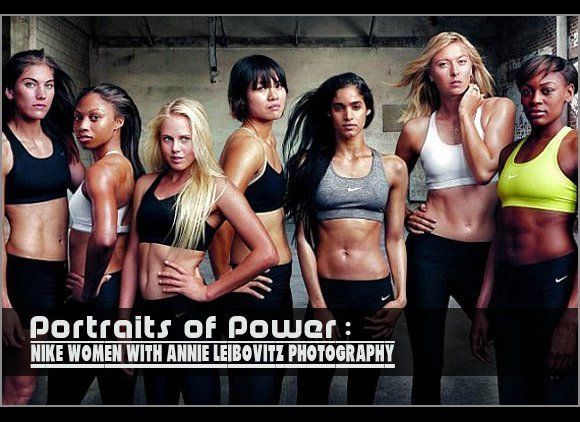Much like indie bands, it's sometimes easier for a small new unique label than a well-established brand to develop a niche following and an element of cool. So how does a big company reinvent its image to pique the interest of the Creative Class, who make up 40 million workers, 30% of the workforce in the US? The Creative Class earns more than $2.1 trillion dollars -- 50 percent of all wages and salaries controlling nearly 70 percent -- almost $500 billion -- of the country's discretionary income (buying power).
Advertisers realize engaging this highly intelligent, diverse and economically powerful audience is key. Their main goal is to get consumers to change their behavior to ultimately buy their product or service. Appealing to their emotions is the easiest way to make that happen but that's a major challenge with so much clutter in the market place. How can big corporate brands earn street cred or a cool factor to get the early adopters on board? Here are 10 key tips:
1. Authenticity. Don't try to be something you're not. Consumers are younger, faster and smarter than ever before; you can't fool them. False claims will quickly turn off an audience.
2. Creativity. Take a look around. What was once exceptional is now the norm. Colors, sizes, shapes, scents and packaging are more vibrant than ever before. Consumers expect products to constantly reinvent themselves.
3. Customization. You want it your way. Starbucks has more 19,000 ways to serve a coffee. Nike lets you design your own shoes, from choosing the color of the laces to imprinting your initials on the tongue. Consumers want to have it their way.
4. Diversity. Old, young, straight, gay, black, white -- all races, genders and ethnicities are potential consumers and they expect to see that reflected in your ads and marketing. MAC Cosmetics was the first brand to use a gay spokesperson back in the '80s; Apple painted Microsoft uncool in its PC Guy campaigns by associating it with a stuffy middle aged white man.
5. Urban. For the first time in human history more than 50% of us are now living in cities. From a smart car navigating dense streets to Nike's images of basketball courts in urban neighborhoods, cities are the place to be.
6. Art/Design. Whether the look is graffiti art, street art, or gallery art, the art direction of your campaign is as key -- if not more so -- than the music you license or commission for it. A number of brands collaborate with designers or architects on the launch of a specific line, giving the product a unique stamp and evincing a dedication to craftsmanship and design overall.
7. Brand alignment. Who you want to keep company with? The identity of your spokesperson instantly brands your product, whether it is a subject matter expert, a politician, a sports star, or a celebrity. Think of Leslie Feist, whose song, voice, and appearance put an indelible stamp on the Apple Nano.
8. Intelligence. Consumers like to be the first to discover something. They are highly engaged and consuming information at high speeds. Talking animals and big cars might sell down-market beer or snack foods but they won't launch a revolutionary new product.
9. Social Responsibility. Whether it is going green with environmentally friendly, sustainable and recyclable packaging or feeding the hungry or helping children, cause related marketing is a must.
10. Global. A product or service that acts local but thinks global is integral. Consumers are attached to their neighborhoods but see themselves as citizens of the world.
